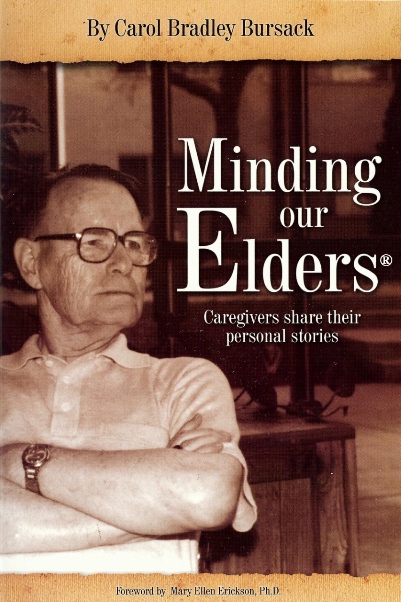Helping vs. Enabling: How to Strike a Balance While Caregiving
Most family caregivers want what is best for their loved ones, and they’ll do whatever it takes to make that happen. Unfortunately, discerning what’s best for a senior is often easier said than done. In many cases, a loved one’s own desires (or demands) may actually jeopardize their health, erode their independence and diminish their quality of life. Caregivers are left to walk this thin line between helping care recipients just enough and enabling bad behaviors that may come back to bite both parties.
Care decisions are hard enough as it is, but how do you know when you’re enabling an elderly loved one to slide by the easy way as opposed to helping them out with something they truly need? The truth is, it’s rarely an easy call, and the answer may differ on any given day.
I watched my mom struggle with painful arthritis in every joint. She had undergone two hip replacements already and with every step she took, her knees rubbed bone against bone. Sometimes, watching her struggle with her walker tore at my heart so much that I couldn’t help but insist that she let me get her into her wheelchair.
Yet, we both knew that if she didn’t move, her joint pain would only worsen. Arthritis can freeze the joints so that movement gradually becomes almost impossible. This is one of many examples of “use it or lose it” that comes with getting older. Knowing this, I tried to rein in my tendency to be overly helpful. I attempted to encourage Mom to do what she could while still being available to help when she needed me to. Other family caregivers are likely to find themselves in situations like mine and even some…
Minding Our Elders: Caregivers Share Their Personal Stories. “For anyone having to walk the last segments of life with a loved one, read this.” …Delores
Discover the Difference. EGOSAN: The premium incontinence brand caregivers love – Now Available on Amazon.







